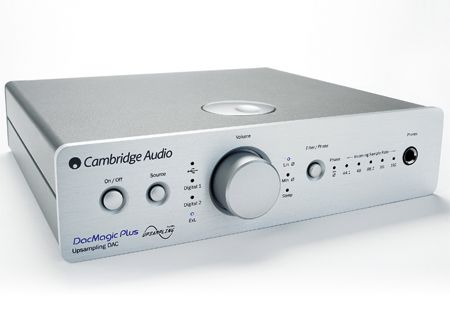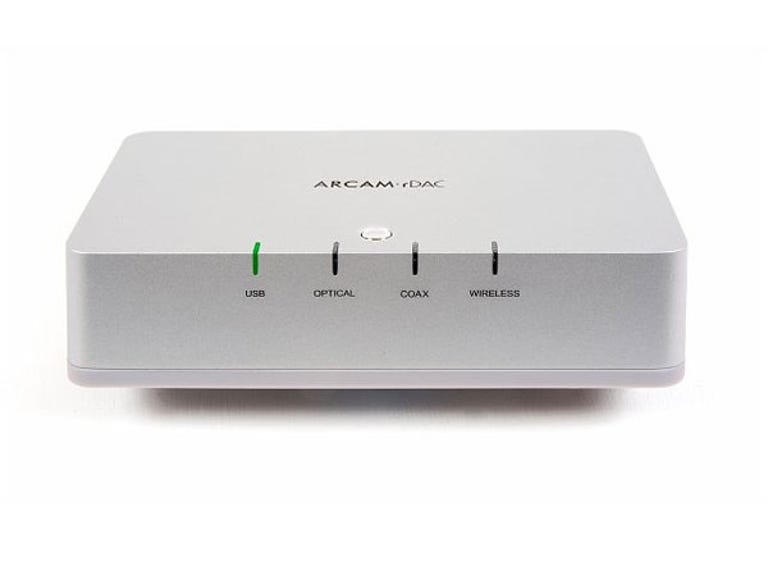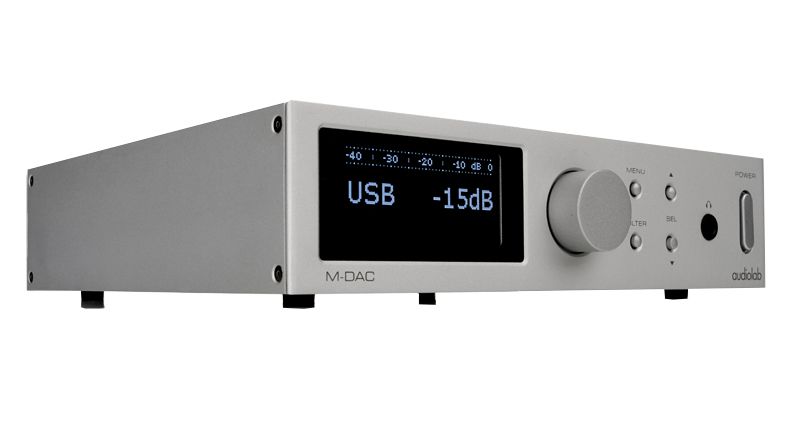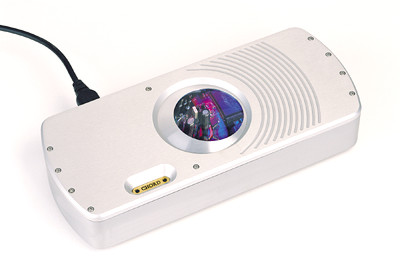The world was astonished when Cambridge Audio’s first DACMagic was released in 1995. It was designed by John Westlake, of Pink Triangle DaCapo and Audiolab M-DAC renown, and it put the firm on the map as a real contender for seriously good, affordable digital converters. The business released the redesigned DacMagic in 2009, which boldly added a USB input for the small number of computer audiophiles at the time. It only went up to 48kHz and 16-bit resolution, so there was always going to be an input – and it debuted at the 2013 Consumer Electronics Show in Las Vegas. The DacMagic Plus has a resolution of up to 384kHz and 24 bits (although this is the up sampled data rate, not the input data rate, mind you). It was one of the company’s final products to be signed off by Matt Bramble, the company’s well respected chief engineer, so I assumed it would be fantastic – and it was.
Upsampling was invented by dCS two decades ago and is now available in low-cost products like this. It does some good for CD, in my opinion, by removing the invasive analogue reconstruction/anti-aliasing filter from the audio band. It is possible to be less strict here, and a brick-wall roll-off is not required. As a result, Bramble was able to adopt a linear phase Bessel topology with much improved time domain performance. This product is a digital preamplifier and headphone amplifier featuring both RCA and XLR outputs, as well as an upsampling DAC. It features the popular Wolfson WM8740 in Dual Differential mode, and it accepts USB data at up to 24/96 in standard or profile 1 mode (as supplied), but you can switch to profile 2 to accept 24/192 and nearly all sample rates between that and 44.1kHz (only 176.4kHz is omitted on USB but not S/PDIF). There are standard TOSLINK and coaxial digital inputs, as well as a USB A connector on the back panel for the company’s optional £70 BT100 Apt-X Bluetooth receiver.
The DacMagic Plus was the finest sounding £350 DAC on the market when it first came out, and it’s still there or thereabouts now. It’s clean, open, three-dimensional, and musically adequate, with none of the flaws you’d expect from a budget DAC. Its tonality, for example, isn’t glaringly “transitory,” and it lacks the brittleness and monochrome tonality of some competitors. The bass isn’t the most powerful — the Audiolab M-DAC is significantly more powerful – but it’s smooth and musical. The midband is well-detailed, with a smoothness and nuance that is surprising for the price. Treble is quite pleasant for a DAC of its age, with a nice, effortless sound with a smooth but expansive sparkle to it. It does sound a lot like the Arcam rDAC, which utilizes the same Wolfson digital converter chip. The Cambridge Audio is enjoyable to listen to rhythmically, with good dynamic shading – but when you compare it to the (then-current, and £200 more costly) Rega DAC, you’ll notice that there’s less contrast between the loudest and quietest sections of the music.
Overall, this crisp, neatly designed, tiny (52x215x191mm, 1.2kg) digital converter cum preamplifier is an excellent budget digital hub for an affordable hi-fi system. Richer Sounds presently sells it for £249, with used models starting at £100 on eBay. Fidelity Audio sells a £269 upgrade power supply that smooths out the sound, reduces noise, and increases dynamics significantly – so there’s room for improvement if you want it.







